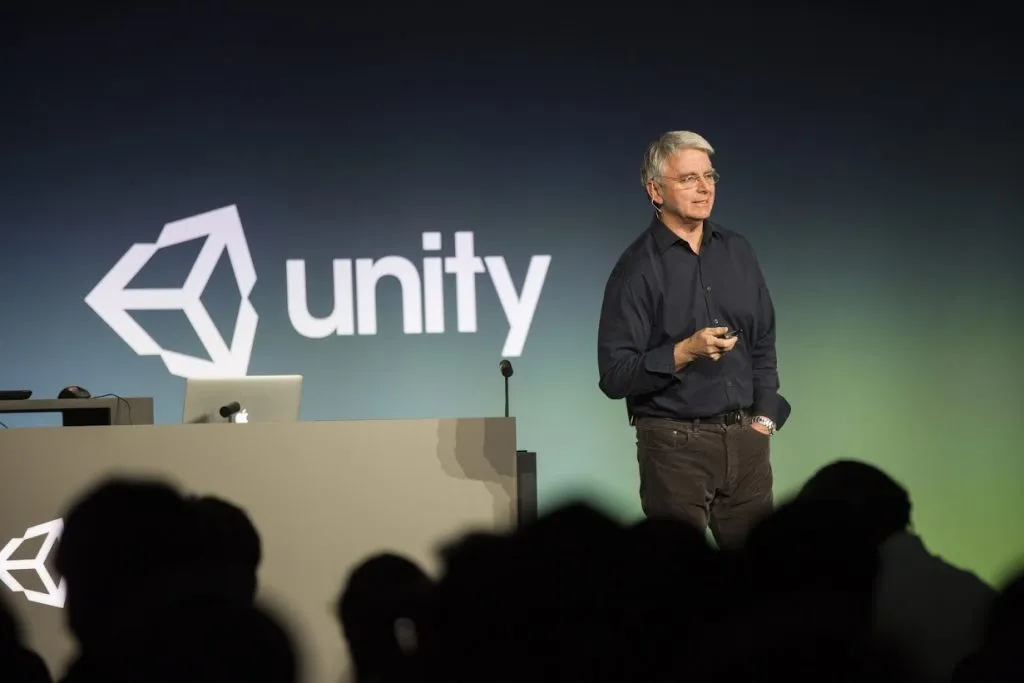The arrival or VR and AR headsets means big things for videogame development engines like Unity, including some unexpected opportunities for diversification.
For example, Unity itself is set to triple its workforce in India in order to expand its work in VR and AR beyond gaming, a report from Economic Times states. The company is apparently working with local IT integration firms to look at how its platform could be applied in automotive, manufacturing, real estate and education industries.
This is a knock-on effect of sorts from the rise of VR. The technology is clearly capable of delivering virtual experiences well beyond gaming, but it’s the people that make games that have the skills and expertise with engines like Unity. The engine might be designed for games first and foremost, but it’s organically become a leading tool for creating interactive virtual experiences of any sort in the process.
“People in automobile and manufacturing have raised a demand for interactive and immersive platforms for their customers and internal work,” said Quentin Staes-Polet, Director South Asia, Australia and New Zealand at Unity. “This high fidelity visualization cannot be achieved with 3D design tools. Therefore, we are consorting with IT integration firms that are building up augmented and virtual reality practises.”
VR is even changing the way people make games with Unity. Late last year the company launched an early version of an in-VR editor that allows people to alter virtual scenes as if they were standing inside of them. It’s a tool that the company hopes will eventually open up 3D content creation to just about anyone, and could be a key way of getting other industries outside of gaming involved with the tech in the years to come.
Unity will be providing an update on all things VR and AR in a few weeks time at its second annual Vision Summit, which runs from May 1st to 2nd.


























